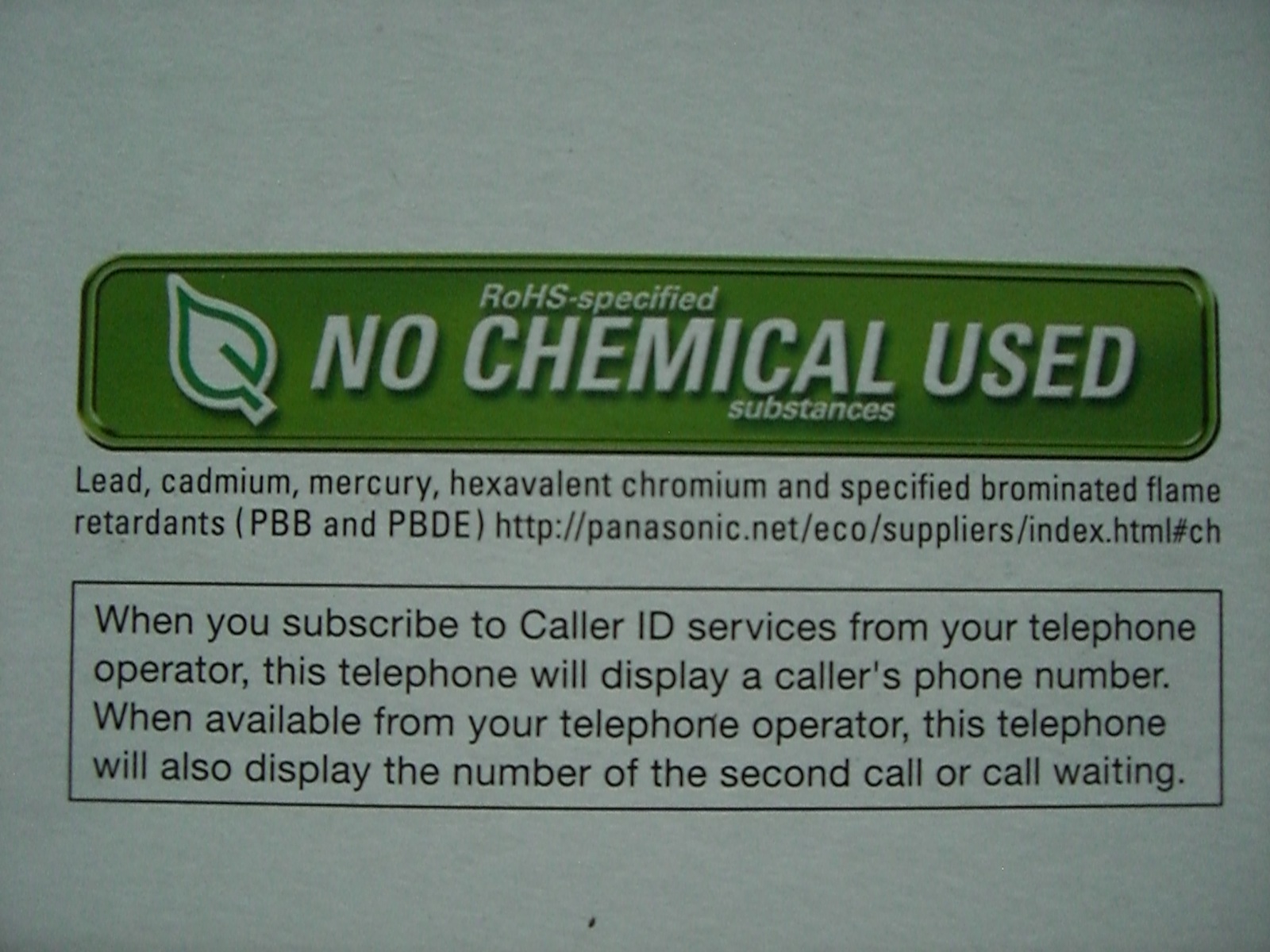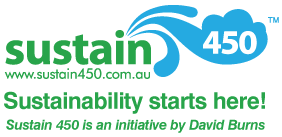
Welcome
David Burns is an environmental chemist with expertise in laboratory data audits, green chemistry, and industrial ecology. David is available to help business & professionals integrate sustainable supply chains and energy efficiency into service offerings. The following blog topics are intended to invoke awareness and/ or action in Going-Green. You are also invited to create a Free Whoisgreen business profile using the link above. David Burns is a NSC member of the Rocky Mountain Institute.

Responsible manufacturing companies provide Eco & Fair Tade Labels to help consumers make informed choices. Eco & Fair Trade Labels provide chemical inventories, instructions for recycling, and take an active position not to harm children.
Panasonic is the latest manufacturer to place responsible consumer Eco Labels on product packaging. Eco Labels demonstrate the manufacturer's commitment to its customers and the environment - "No lead, cadmium, mercury, hexavalent chromium, PCB, doixins, or brominated flame retardents" used in the manufacturing process (ie. product & packaging). These type of Eco labels are the first step in addressing a corporate's Extended Producer Responsibility (EPR). Likewise, Cadbury Schweppes is supporting Fair Trade initiatives by demonstrating its commitment to eliminate child labour during coco harvesting. Cadbury Schweppes informs consumers which products are Fair Trade certified by a special logo seal on the product packaging.
Eco Labels show which products are more amenable to recycling since toxic chemicals are not contained in the many individual materials that makeup parts of the product. Recycling stations are only able to deconstruct clean materials and parts which are not contaminated by unnecesary chemicals. Unwanted products ready for recycling should be sent back to the nominated Panasonic recycling point described on the instruction sheet, or listed on the company website.
What can you do? Send Panasonic and Cadbury Schweppes an email congratulating their responsible action and support their Eco & Fair Trade programs. I tend to direct my emails to the Sustainability Manager and ask further questions such as:
1. Does your company apply Eco & Fair Trade labels to all products?
2. How is your company addressing over-engineered products?
3. How is your company addressing energy efficiency in your products?
4. How is your company addressing product lifecycle assessments which include extending the usability of the product?
David Burns is a Sustainability Advisor and Analyst, www.sustain450.com.au
If you have a friend that you would like to share this with, then









